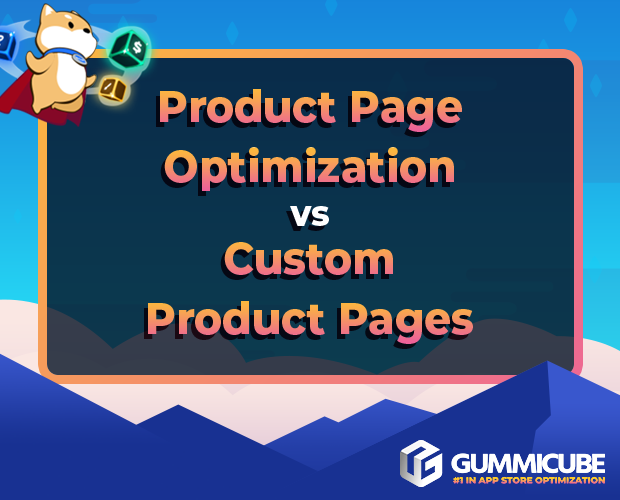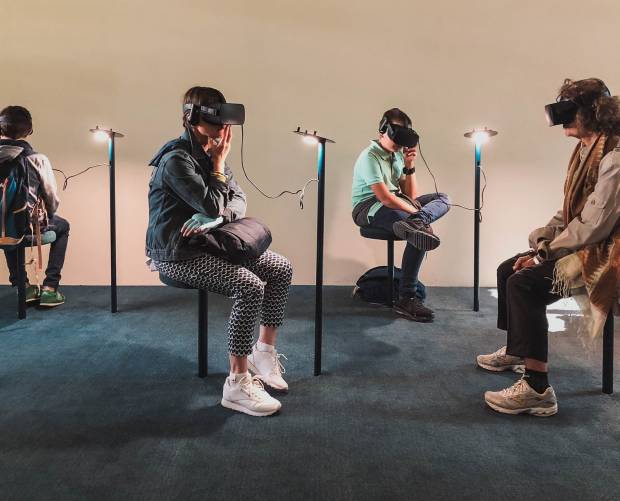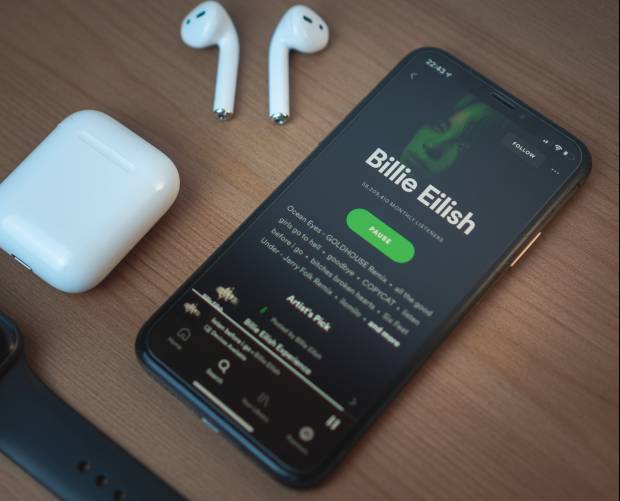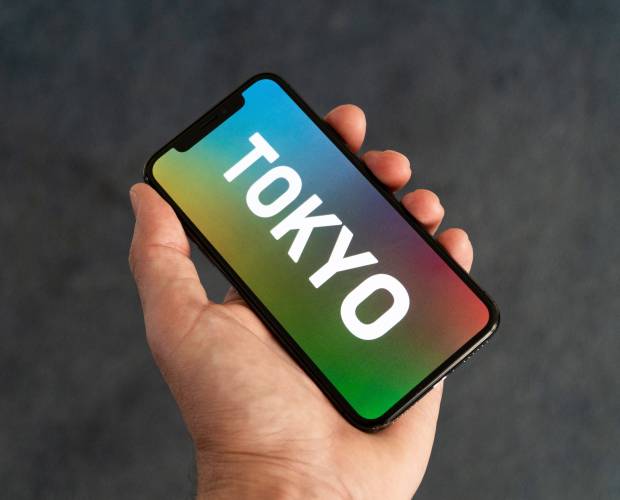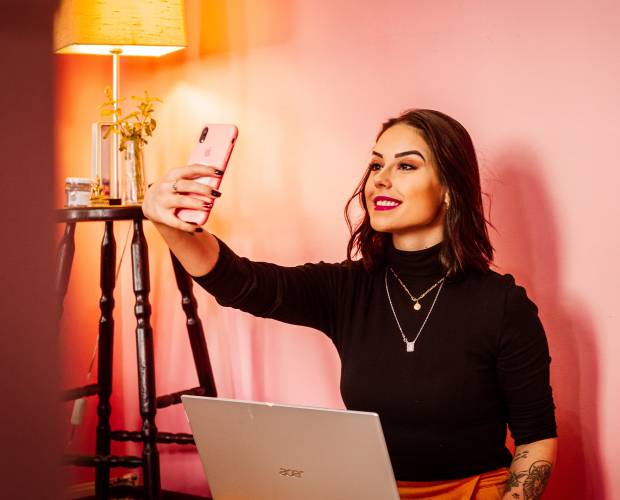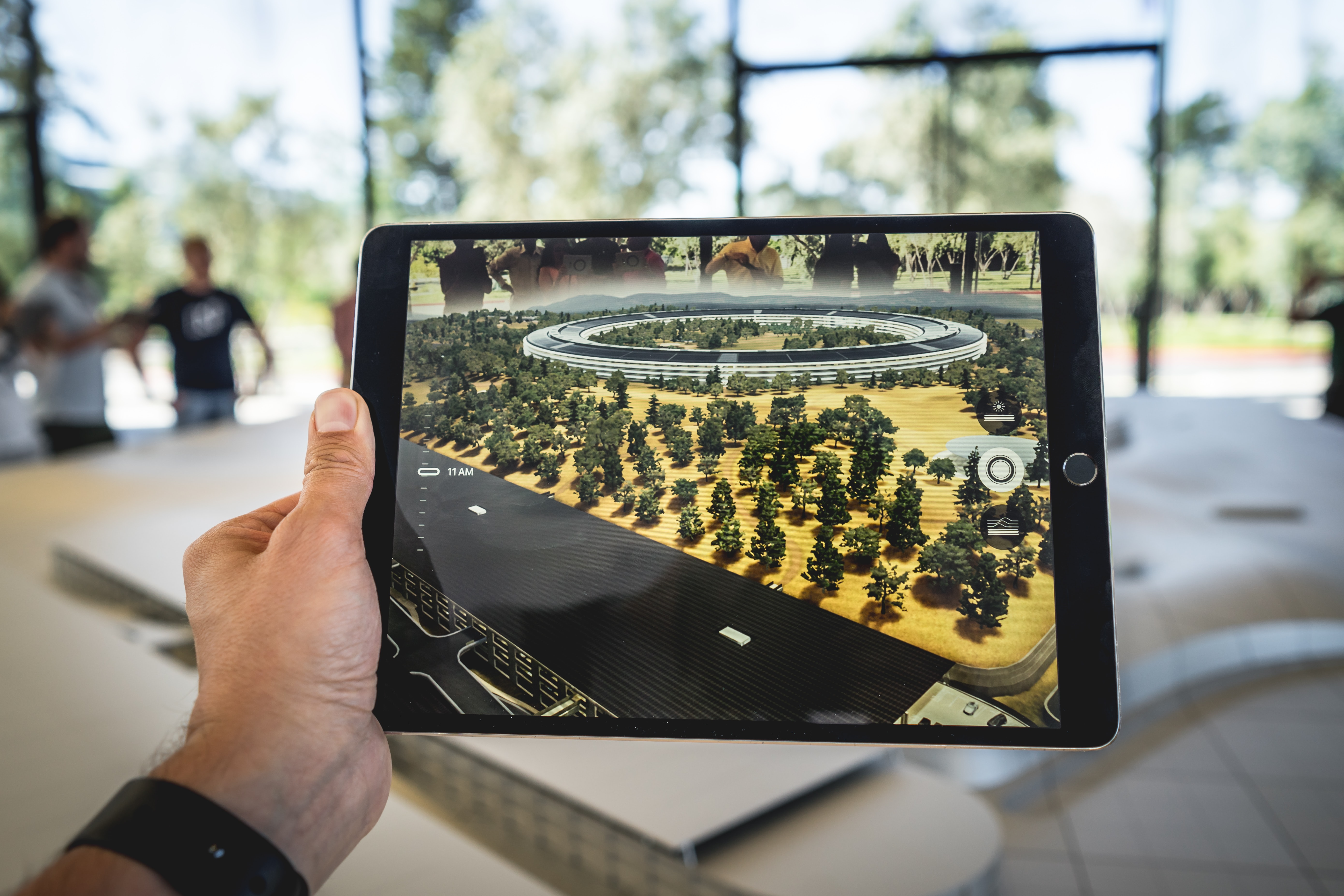
Five years ago, augmented reality (AR) looked like it was set to conquer the world, with AR specialists like Blippar and Zappar rolling out brand campaigns across multiple sectors. Then, from a brand perspective, things seemed to cool off somewhat, but the past 18 months have seen unprecedented growth in AR. With the COVID-19 pandemic causing a shift in how we shop, socialise, seek medical care and travel, the need for augmented reality solutions accelerated.
According to Tech Jury, the current value of the AR market stands at $3.5bn (£2.55bn). This is estimated to rise to $18bn by 2023.
As it’s much easier to augment reality than it is to create a virtual one, this in-between technology has powerful potential in everyday life.
What is augmented reality?
Augmented reality (AR) is an enhanced version of the real physical world that is achieved through the use of digital visual elements. Through our smartphone screens, we can see the real-life environment in front of us – for example, our bedroom floor, chest of drawers and pile of dirty laundry – with a digital augmentation laid over it. Our favourite popstar may be performing in real-time on our bedroom carpet or a pterodactyl may swoop down onto our laundry pile.
You may have inadvertently been using AR for years, experimenting with a pair of bunny ears on your Instagram selfie or adding a large pair of sunglasses on the Snapchat Lens to hide a hangover.
Meanwhile, the use of AR is exploding in the world around is, with brands and industries using it to completely revolutionise how they operate.
AR commerce
Augmented reality represents an opportunity to enrich and completely transform the shopping experience. By unlocking a new dimension, brands and retailers can bring their products to life in consumers own homes, in-store, or just about anywhere. By viewing a product in real life at accurate size and scale, the journey to purchase is not only speeded up but is significantly more fun.
AR ‘Try Before You Buy’ experiences are used by everyday brands such as IKEA as well as luxury brands like Louis Vuitton and Gucci.
David Ripert is CEO and Co-founder of Poplar Studio, an AR and 3D creative platform that helps brands create virtual experiences across all channels.
He explains: “With ‘try-before-you-buy’ most retailers will look at conversion to sales. We see metrics that are anywhere between 90 per cent and 200 per cent extra conversion when people ‘try-on’ using AR, such as glasses or placing furniture in their home. One cool thing is that there’s less returns, which are very costly for retailers. You can imagine that there have been many instances where a customer has ordered something like a washing machine from John Lewis and it hasn’t fitted through the front door. By using AR you can try it in real size, customise it, and you know if it’s going to fit in your home.”
Camera IQ helps brands create and publish AR experiences at scale to Facebook, Instagram, and Snapchat. This includes virtual try-on experiences for big-name beauty brands, such as MAC.
“Now, more than ever, there’s been an acceleration for brands to understand that they need digital experiences. It’s not enough to just visualise the product, it’s about bringing the product experience to life” says Sonia Tsao, Co-Founder and COO at Camera IQ. “From a marketer’s point of view, what other medium allows you to insert an awareness play and the opportunity to convert on the spot? It’s a very exciting time for AR.”
Last month, Camera IQ launched its Virtual Try-On Composer – a no-code design platform for AR advertising.
“At the core, there’s a couple of value props. Certainly the ‘create once, publish everywhere’ is core to the platform and will continue to drive our roadmap” says Tsao. “However, one of the biggest challenges in this space is that every one of these platforms has its own tech stack, meaning their own proprietary 3D AR studio environments that are very specialised and require technical skill. So, what Camera IQ has done is create a user interface in a creative platform that looks and functions more like an Adobe product. It’s really easy to use for any individual. Anyone from a marketer to a 2D motion graphics designer can use our workflow to create a world of compelling AR experiences and publish them across platforms.”
While currently focussed on brands, Tsao imagines a future where Camera IQ could be put in the hands of content creators and consumers, helping develop the ‘creator economy’.
She explains: “We’re now starting to work with traditional make-up artists who are creating AR looks for award season. For us, brands should absolutely be looking at AR creators and looking to tap them. Camera IQ would love to be the platform that empowers that relationship in many ways. Our dream is to democratise AR by putting our tool in front of as many businesses and individuals as possible.”
AR events
It was not only the retail sector that experienced an AR transformation during the pandemic. With consumers locked down at home, live events companies had to think outside of the box and take advantage of new revenue streams to facilitate fan engagement without the necessity of traditional live touring.
Singer Liam Payne delivered a ground-breaking AR performance at the EE BAFTAs via The Round app, thrilling fans as he was projected into their living rooms. The digital performance was powered using EE’s 5G technology, something that The Round app Founders Pip Brignall and Thomas Winsor described as “really exciting” in the potential it has for reducing latency and increasing bandwidth, allowing for meaningful interactions between performers and audiences at home.
Fans being unable to travel also meant that the sporting world turned to AR to connect audiences with big events.
NTT was tasked with creating the world’s largest connected stadium – a ‘digital twin’ of the Tour de France. Millions of data points were collected and brought to life through stunning, insightful visualisations and digital experiences for fans, no matter where they were in the world.
“Today, organisations across the board want to provide deeper, richer experiences for both customers and employees. We therefore don’t imagine that the use of AR and digital enhancements to engage global fans will be going away any time soon” explains Tim Wade, Vice President, Advanced Technology Group, Sport at NTT.
“We are continually developing and discovering new ways of visualising data, which allow events to deliver data-driven insights and predictions to fans across any device. It’s through hosting connected fan experiences and digital platforms that event organisers are able to engage multiple audiences in multiple ways. Even as fans return to events, these apps will continue to share real-time data, information, insight and exclusive apps and content, meaning fans can turn to AR technology to enhance their experience while watching live sport – rather than using it exclusively at home.”
Social media
The Snapchat Lens is one of the main platforms for companies looking to launch an AR brand campaign. Snapchat currently has over 200,000 Lens Creators around the world, who have made nearly 2m Lenses. These have been viewed by Snapchatters more than 2 trillion times. The platform’s recent AR brand campaigns include one for Samsung Electronics UK, where users could try on the Samsung Galaxy Watch 3 and Ben & Jerry’s ‘Cookie Dough Peace Pop’, where Snapchat users were invited to scan the packaging to open up an AR lens transporting them to a summer festival experience.
Around 170m Snapchatters use the platform’s Scan functionality every month, as Toccara Baker, Product Marketing at Snapchat, explains:
“AR has evolved to have more utilitarian use cases that really help with a couple of things. The first is providing and giving information. So, through our scan capabilities, someone can scan a plant, or a math problem and it’s solved for them. Another is really engaging with products in a fun way. What we saw last year was a meeting point of everyone being at home and unable to go into stores and the strong use cases for AR to allow for things such as try-on or exploring a product. AR really helps from an advertising perspective to bring a product experience to our community. We’ve also seen AR technology evolving so that these experiences are more real. We had great campaigns with Gucci and Dior, two of our initial advertisers to use this technology, allowing the capability to try on new shoes, see what they look like on your foot, and then to be able to actually purchase that item directly from the camera.”
Baker continues: “We are all about allowing our community to engage with the camera how theyd like. They can go through a carousel of different Lenses, which includes the shopping formats, and really new and exciting Lenses, like the Lens that turns your face into an anime character. The ones that make you look older, or even the ones where you turn into a hot dog are still really engaging. It’s all about providing that choice, and then allowing our community to explore.
“We’re also exploring ways you can use AR with friends and a larger community. Earlier this year we announced a partnership with Lego, which has the capability for our community to build Lego together. Another thing we have built this year is our organic offerings for advertisers, which we call our public profiles for business. This is essentially a profile that advertisers have on our platform that allows them to do a couple of things. One, it expands the life of their AR creative – we saw that a lot of advertisers were investing in AR but there was no place for these AR experiences to live so that the community could return back to them. This allows advertisers to expand that life. At the same time, we have a lot we are doing from a commerce perspective on profiles. Currently, we offer a store on the profile, with AR shopping and lenses. We’re very focussed on deepening that commerce experience for advertisers and for the community with the profile at the core of it. We’re really excited about the future of that and how it ties into AR for us.”
Education
Augmented reality also has the potential to breathe new life into education, offering extraordinary and interactive learning opportunities both in and out of the classroom.
UNIT9 is an innovation production studio that has taken on mammoth AR projects, including ‘The Met Unframed’ where famous artworks came alive and JFK ‘Moonshot’, which involved creating a fully synchronised AR recreation of Apollo 11.
It’s Clients Partnerships Manager, Adam Mingay, explains how AR has the ability to transform education entirely for a younger generation.
“Augmenting the past into someones current space at the touch of a button is incredibly evocative,” says Mingay. “JFK Moonshot is the perfect example of taking a huge moment in recent human history, the moon landing – something that would normally be taught in a more traditional and arguably less scintillating way – and contextualising it with augmented reality to heighten not only awareness but also the sense of actually being there. Bringing these moments to life using technology, whether at a museum, in a classroom or in the user’s front room, will only increase the likelihood of genuine excitement around a subject, versus minimal engagement when simply reading from a textbook. AR is cool, and adding a layer of educational content doesn’t dampen that fact.”
UNIT9 also recently created an AR ‘Discover Dubai Creek Harbour’ experience, spanning over 300 buildings in 11 different districts. While travel restrictions remain for so many, AR could very well be the future for not only education but property development.
“Traditional methods of showcasing new properties using scale models or 3D renders just aren’t as immersive as AR-led activations, and they’re starting to look outdated” says Mingay. “This AR revolution isn’t just limited to interactive models. Creative minds within property development are quickly finding out that this digital innovation isn’t simply a gimmick, but something which allows people to gain a truer insight into what they’re buying. From AR floorplans captured using light-detecting LIDAR sensors and published online, to augmented portals that allow users to step into their new apartments from the other side of the world, there’s scope to totally change the way in which people buy and sell property in the years to come.”
Keep it simple
Poplar Studio’s Ripert has advice for marketers looking to incorporate AR experiences into their campaigns.
“The user journey should be as simple as possible. Sometimes clients want to do something quite complex with augmented reality. However, it’s often the simplest ones that get shared the most and work the best,” he says. “You have to think about which the right platform is to upload your AR experience on. You can also promote through media now – so on Snapchat and TikTok you can buy ads to promote that AR effect. Web AR is another format that is really taking off as it doesn’t depend on someone downloading a dedicated application. So that’s anything that’s visible directly on Chrome or Safari on mobile browsers. You can promote Web AR anywhere you want because the AR experience will live on a URL. That’s why we use QR codes if it’s printed on paper – you can scan that QR code and it will take you directly to the AR experience.”
Ripert warns of the complex and technical limitations of AR, stressing that 2D products such as videos and photos will need to be transformed into 3D models that can be used and deployed for eCommerce.
“Let’s say you want to place a virtual character in your AR environment, for example a piece of furniture. A brand may have 3D models already, but if they don’t then they will have to be created,” says Ripert. “Oftentimes a brand may have developed a piece of IP for video or another type of campaign and that file will be very heavy. With mobile you want the experience to be seamless for the user, which means making the file size as low as possible. For Snapchat and Instagram the file size is now eight megabytes – it used to be just four megabytes. It’s important to remember that people are still on 3G and 4G or they’re using WIFI on holiday that may cut out a bit. When 5G is in all the big cities it will be a real gamechanger for AR, but for now we still have to make sure that the experiences are optimised for users.”
The future of AR
The future is bright for AR. Apple is rumoured to have a secret team of hundreds of employees working on virtual and augmented reality projects. This includes a hotly anticipated mixedreality headset and glasses. According to Mac Rumors, the headset is said to feature two high-resolution 8K displays and eye-detecting cameras that will let users “read small type” and “see other people standing in front and behind of virtual objects”.
This year, Microsoft also won a tender to supply the American Army with 120K HoloLens-based gadgets. The headsets will be worth close to $22bn (source: The Verge).
As UNIT9’s Mingay summarises “AR isn’t just here to stay, it’s here to take over. According to a recent Neilsen survey, over half of us want to use more AR and VR in our daily lives – and as we continue our inevitable progress towards the Metaverse, it certainly looks like this will be the case very soon. AR will become not just a tool to engage with fashion, music, education or property, but an integral part of everyday routine. As natural as scrolling through Instagram or checking emails.”




